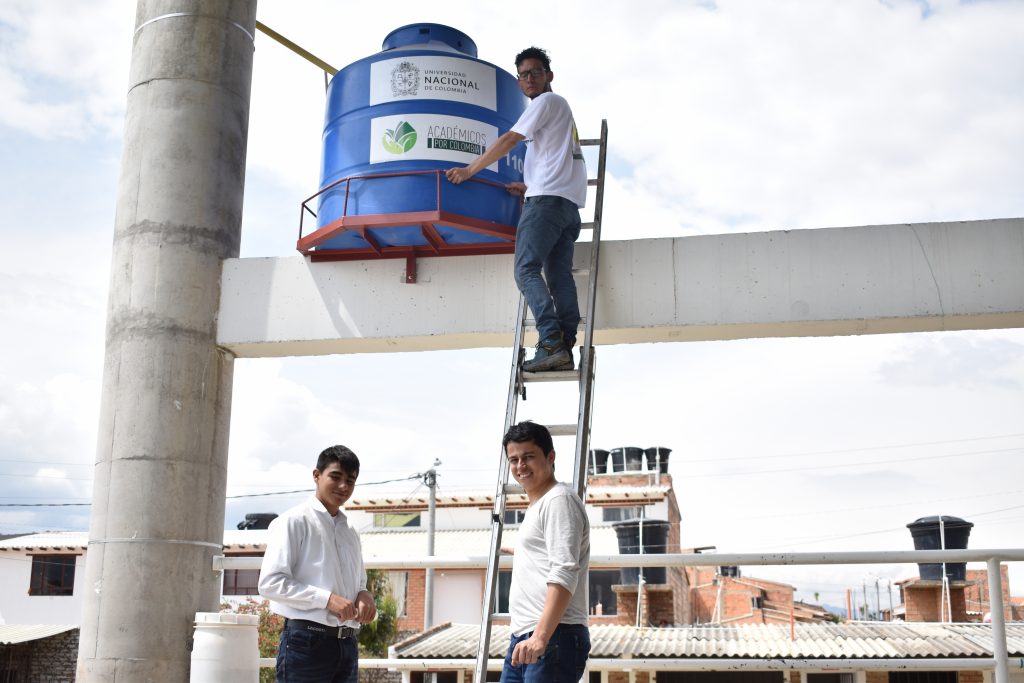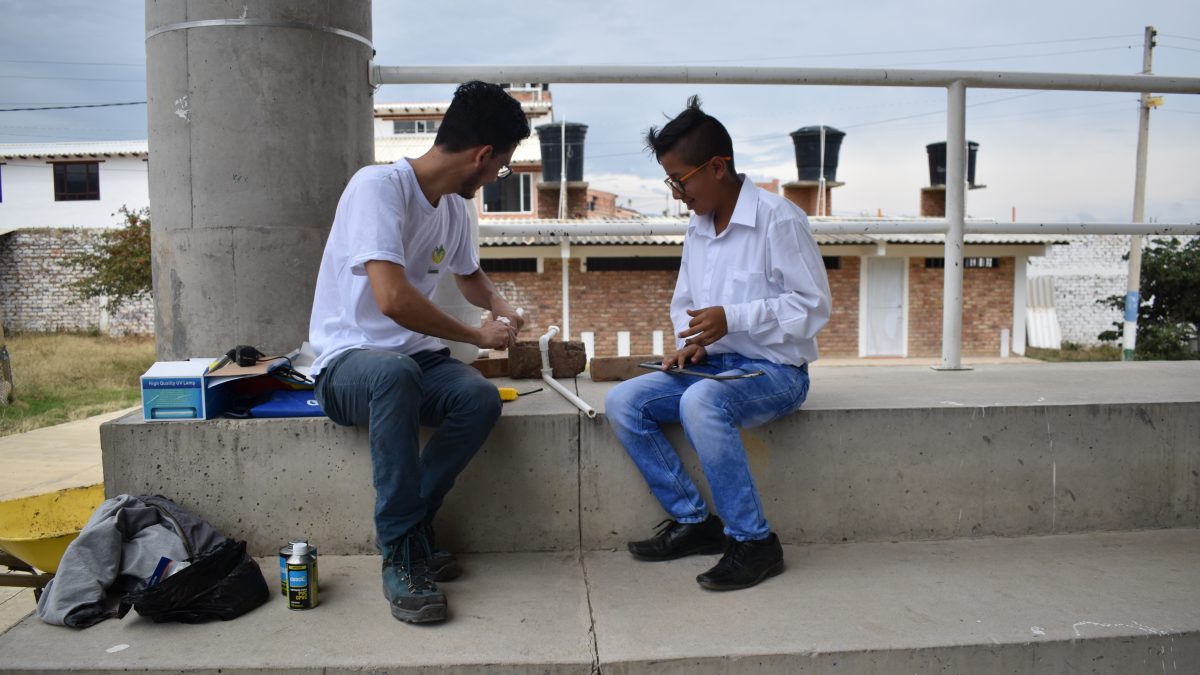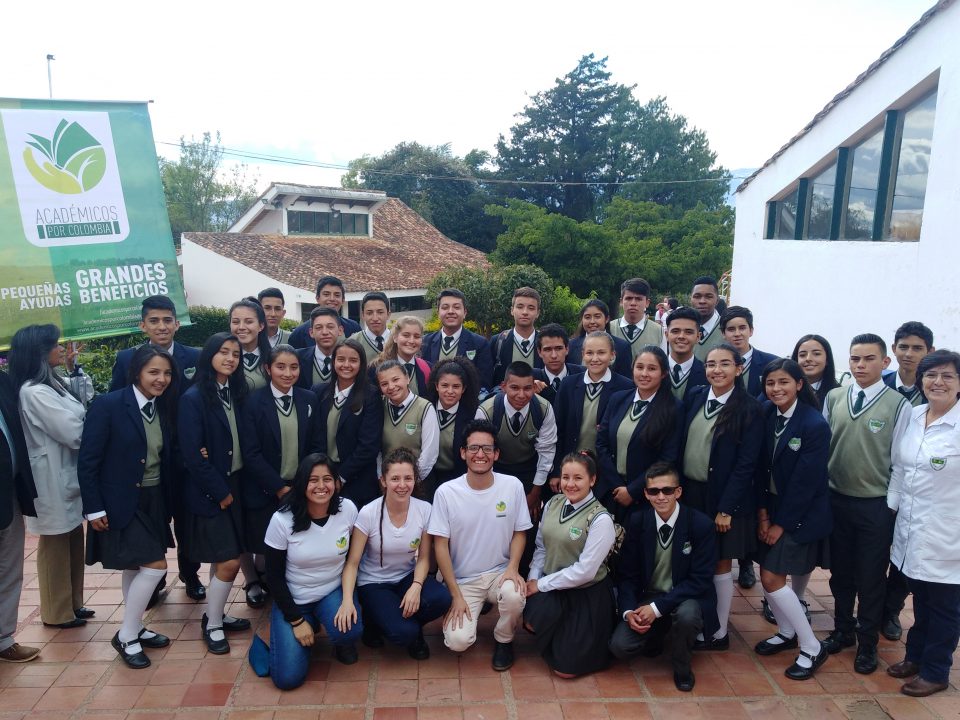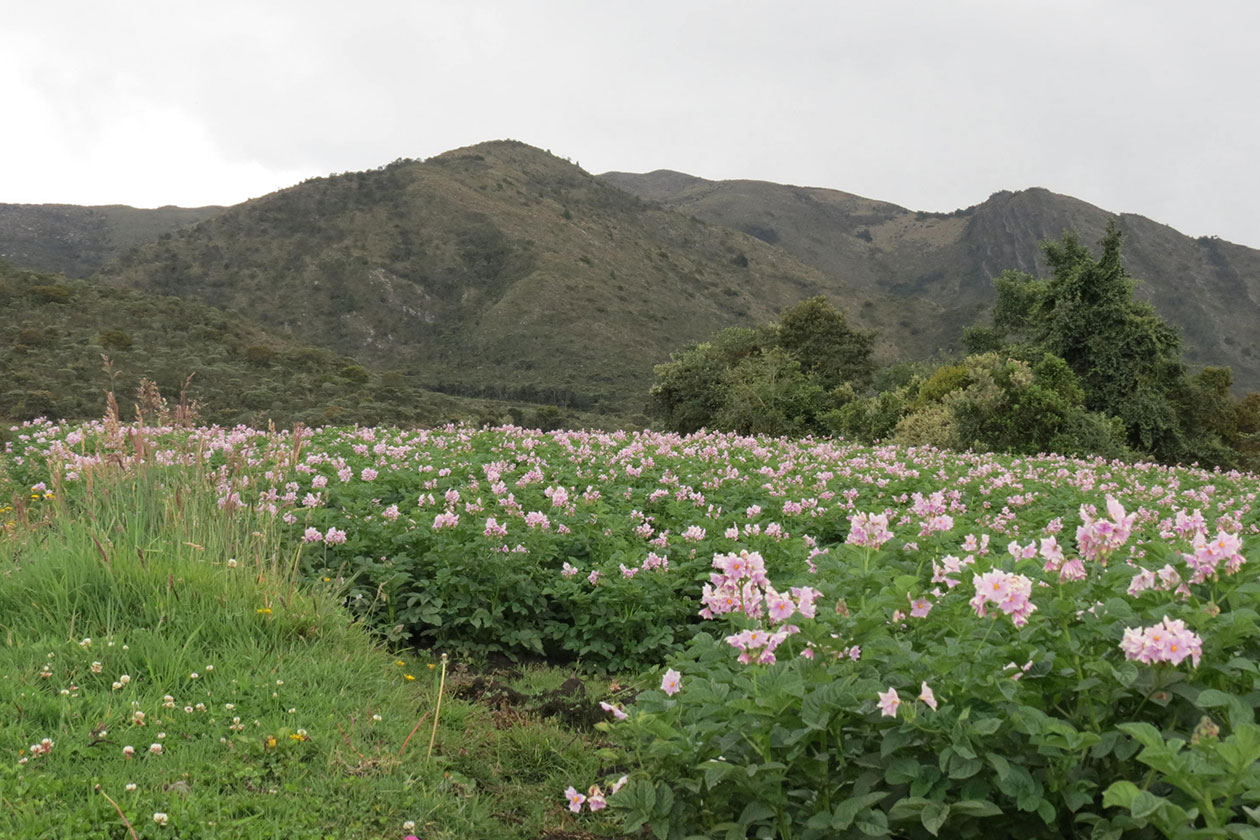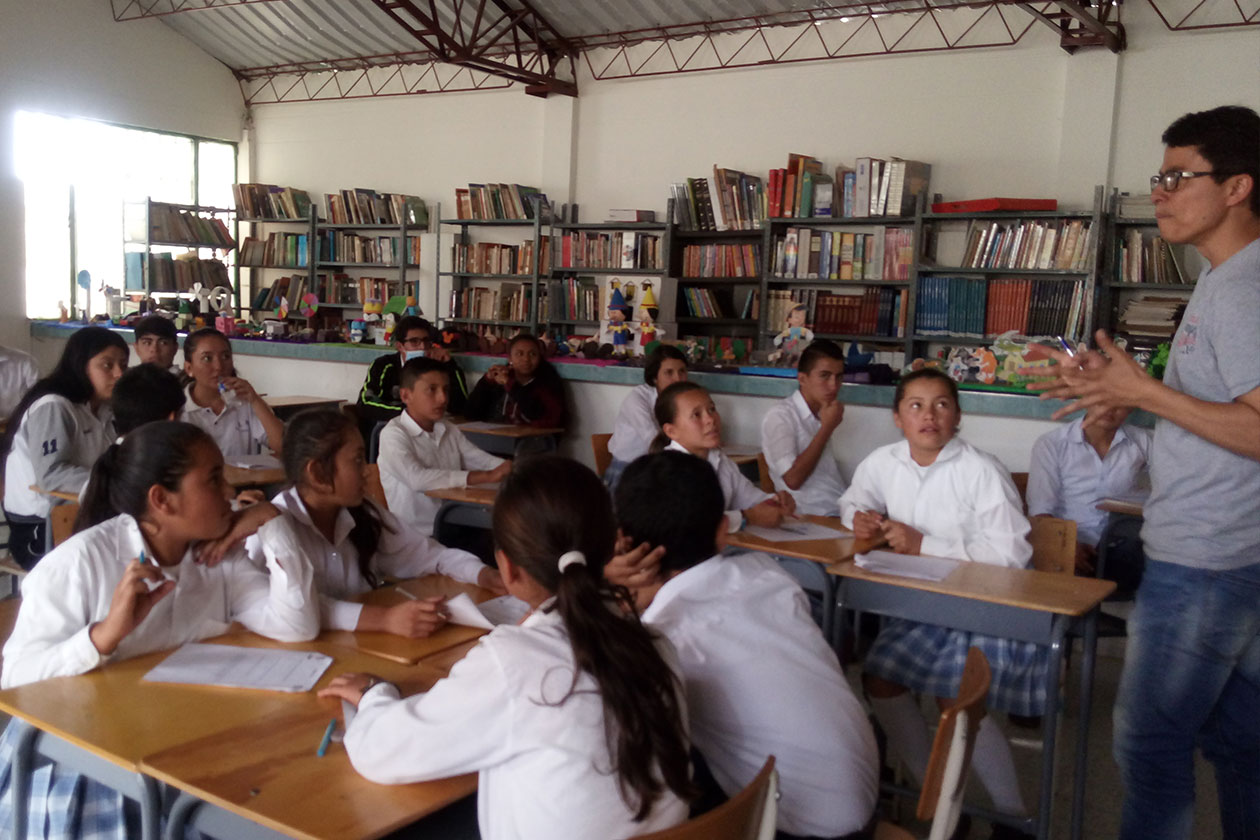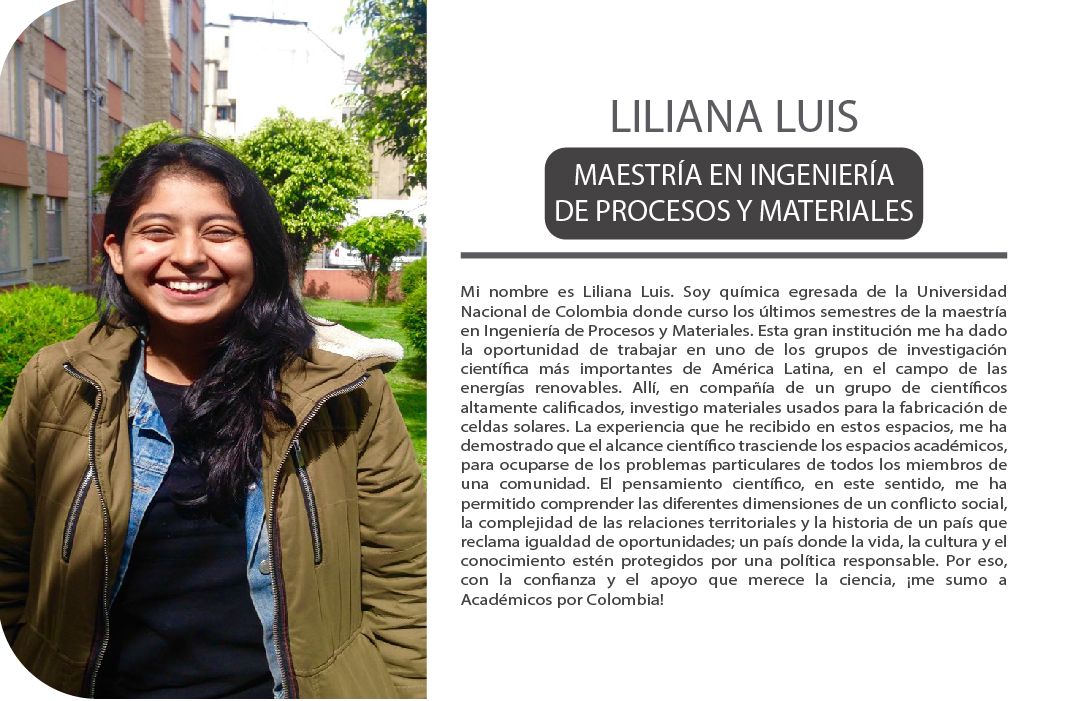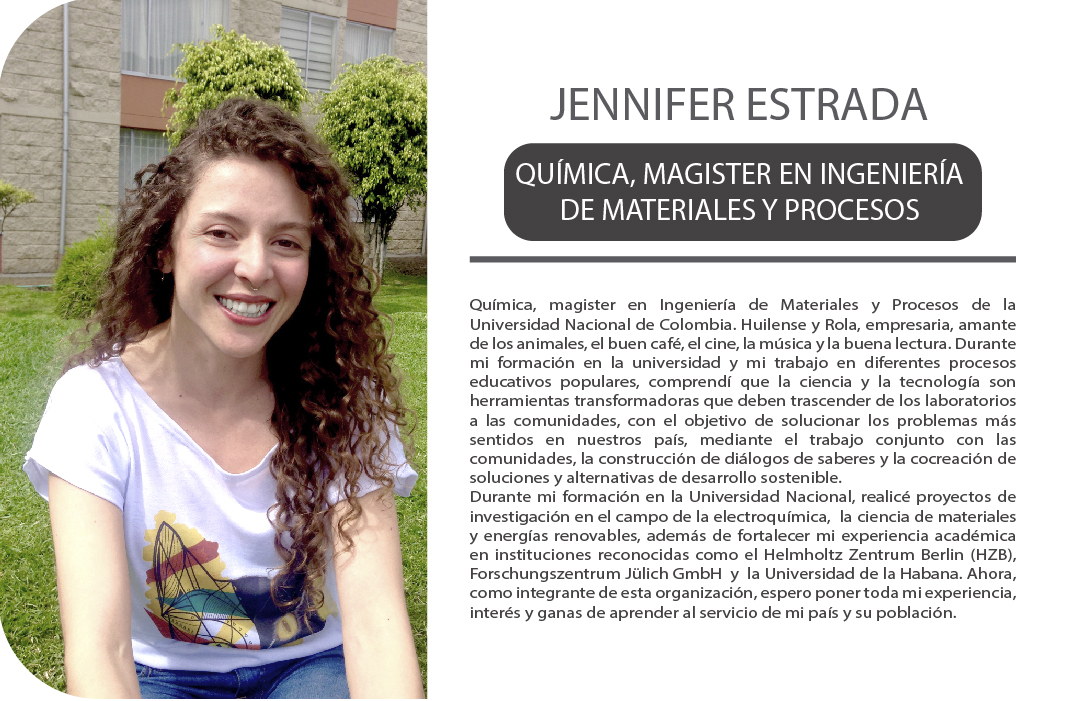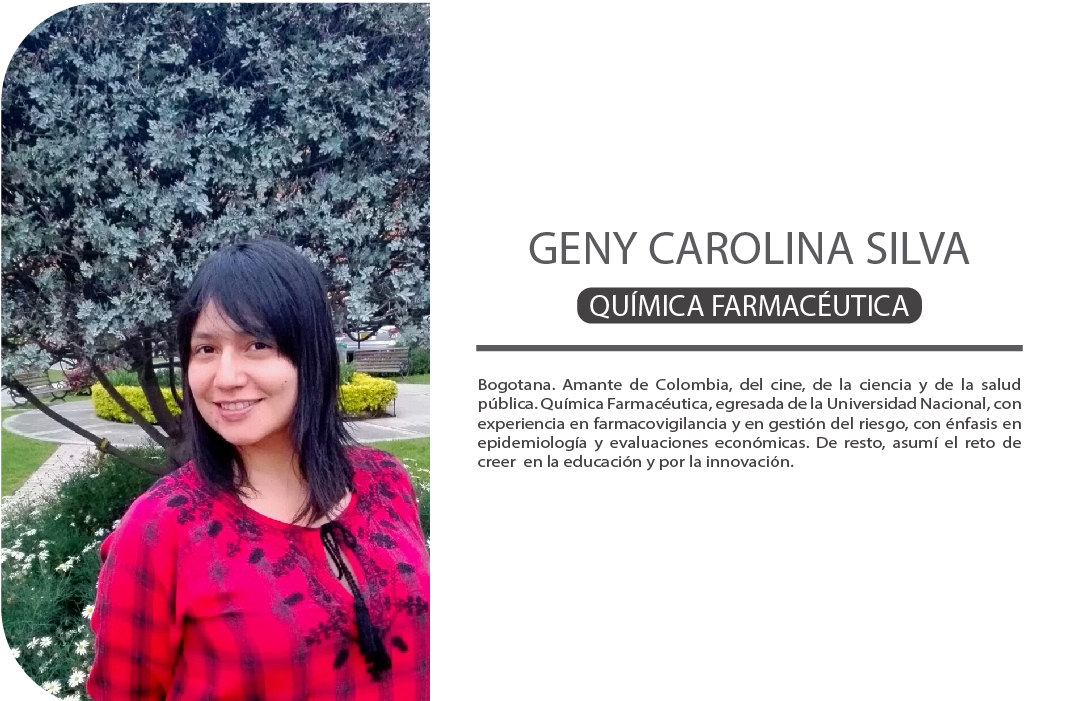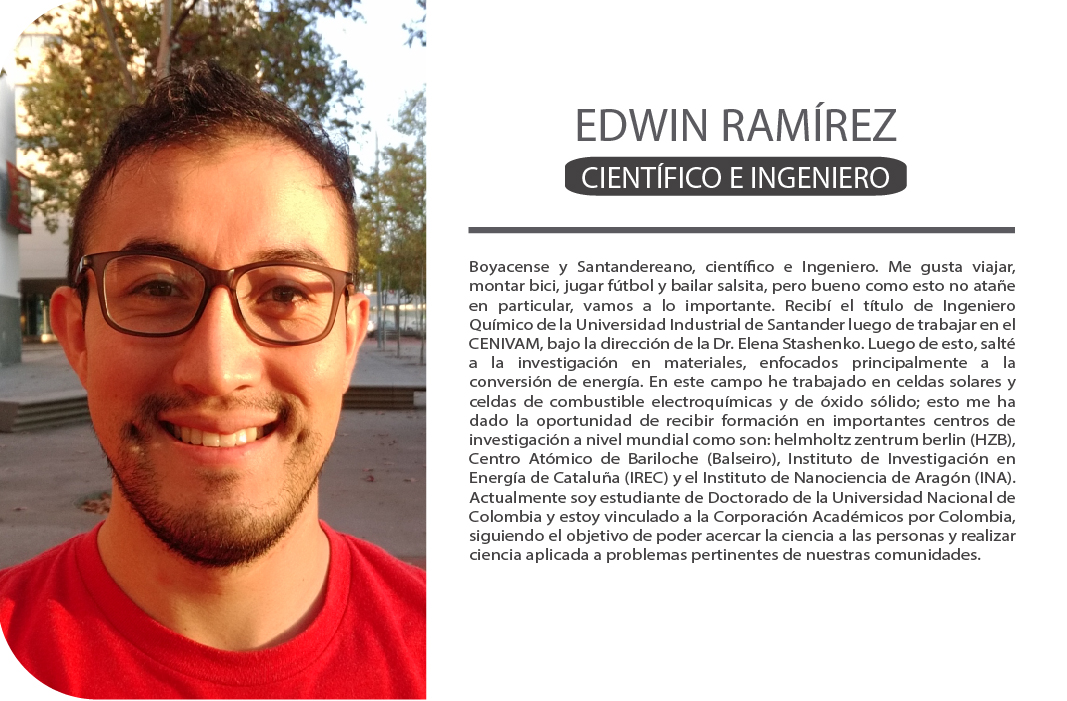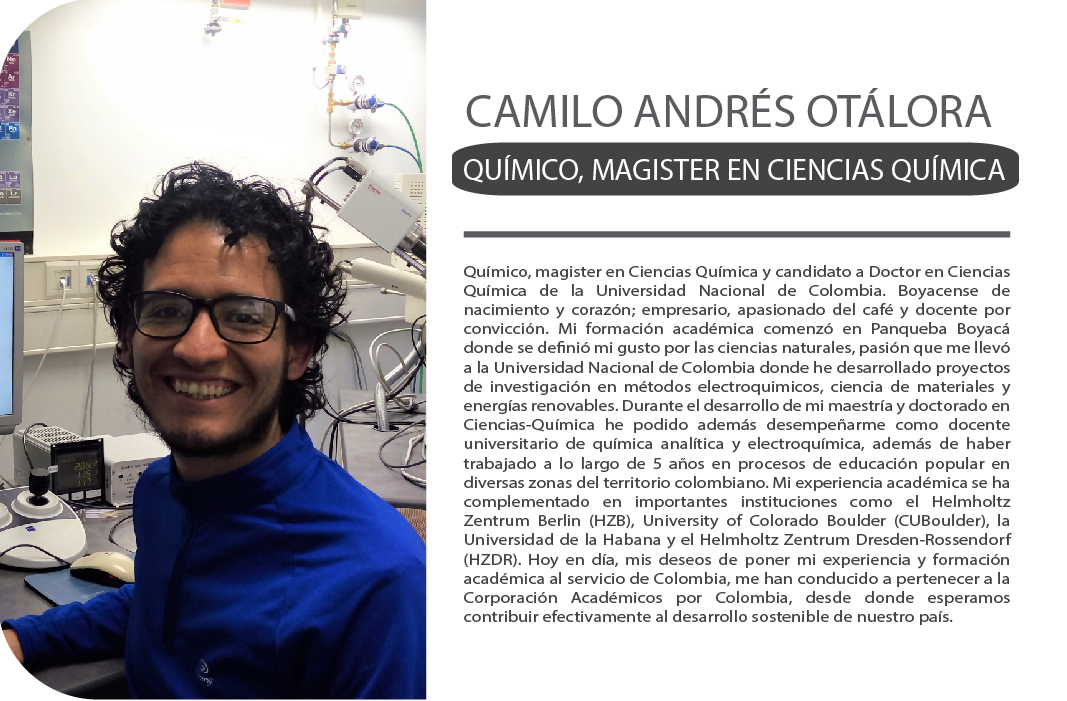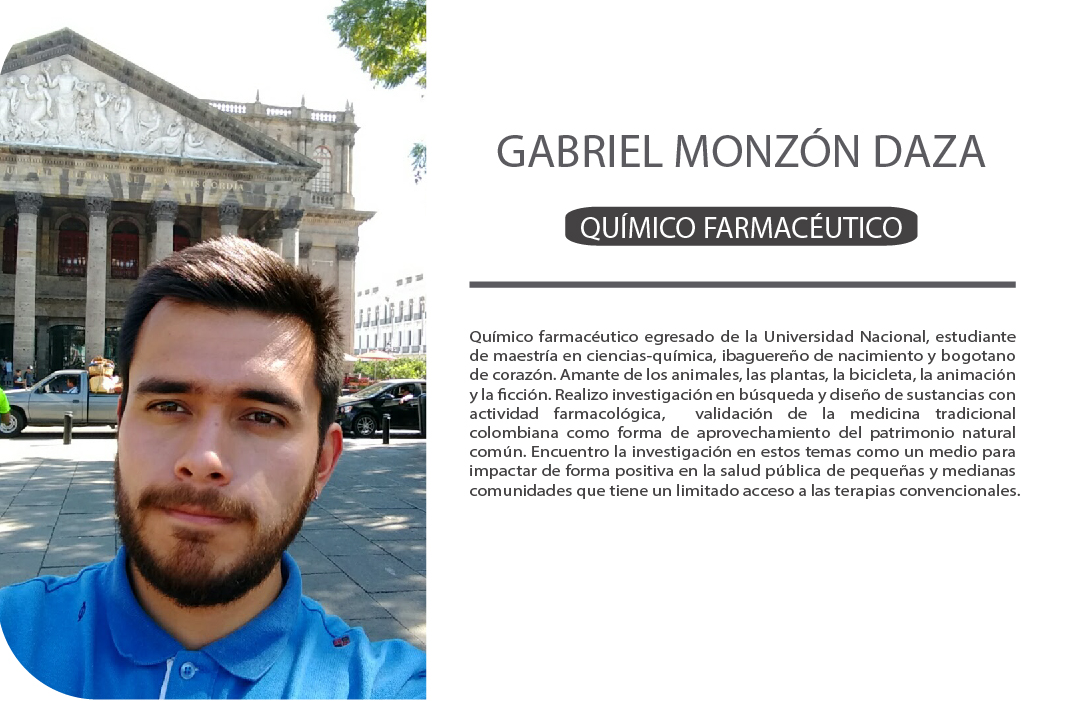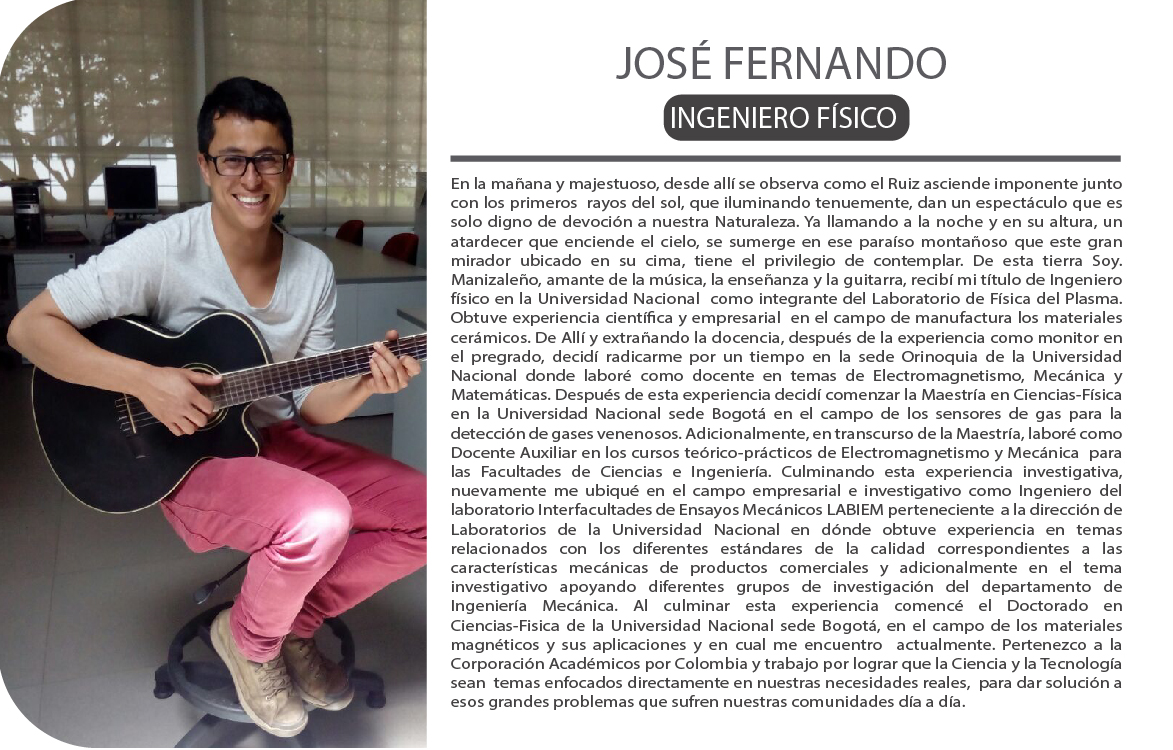Water for the New Generation
Along 2017 and 2018, in alliance with the Institución Educativa Nueva Generación of Sáchica town, in Boyacá; Académicos por Colombia worked in a project about social appropriation of knowledge in youngsters and children of the town for the building of a pilot system of water catchment and purification inside the institution. Together with students of sixth to eleventh grade, we did a research, sensitivity, and co-creation labor; which allowed the construction of a water catchment and purification system that nowadays benefit about 500 students.
Many communities in the Colombian rurality has limited access to basic services such as potable water. Working in an articulated way and from the co-creation with educative institutions to promote the leadership and, facilitate the construction of alternatives that allow the communities to progress on the path to guarantee those services in their territories, is a priority for the Corporation.
Sáchica town has historically had issues with the quality and availability of water, due to the fact that it has few springs of this resource in its territory. In the diagnosis stage of the project; children, youngsters and teachers of school stated their concern about these problems.
« During the rainy season, the water at home is really murky, it almost has mud sediments…there are many low resources children at school and I saw some of them drinking water directly from the faucet».
Elizabeth Bastidas, Language teacher at school.
«The problem with water has been something the same as ever, and due to the geographical conditions, the town does not have important springs…there are some deep wells that have really rough waters ».
Rosa Cecilia Sierra Oliveros, Science teacher at school
In order to raise awareness among youngsters of these issues and the possible solution alternatives, we did a series of activities that allowed establishing a dialogue, stimulate participation, and awaken the scientific curiosity among the youngsters and children about the water theme. These encounters turned around reflections such as, what does it mean that water be good quality? How is it possible to know if water is edible or not? How does aqueducts work? What are the consequences of non-potable water consumption? Moreover, they were supported with laboratory activities that allowed students to approach the topic from scientific curiosity.
From these encounters, the necessity of building a rainwater catchment and purification system in the institution came up. It was consolidated a group of youngsters and children, who, in articulation with other members of the educative community such as parents and teachers, decided to co-build the system with the corporation. Since its construction, the community has done some changes and upgrades to the design, and has focused its efforts in promoting the consumption of water from the system for primary school children, who have been affected more because of the consumption of non-treated water, since they constantly report stomachaches. The community has continued with the project and some of its members have stated that many people of the educative community recognize a benefit for them, since it is a technology that they understand and that even many teachers and parents can do at home.
« As the community appropriated the technology, they gave sustainability to project…the filter belongs to the community, to the school, to the kids. »
Camilo Otálora, Académicos por Colombia
